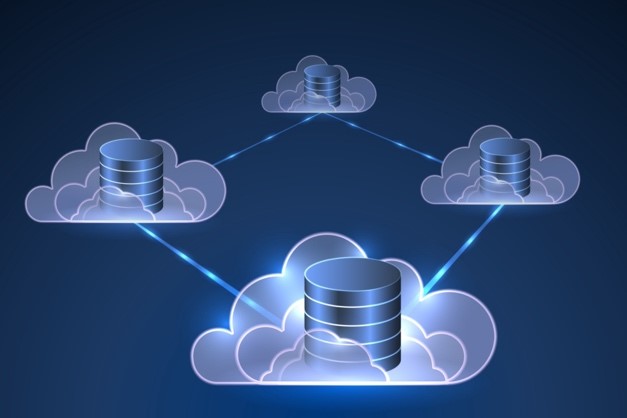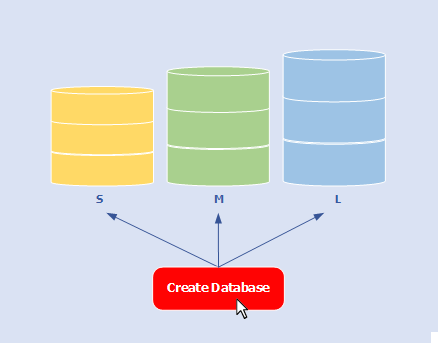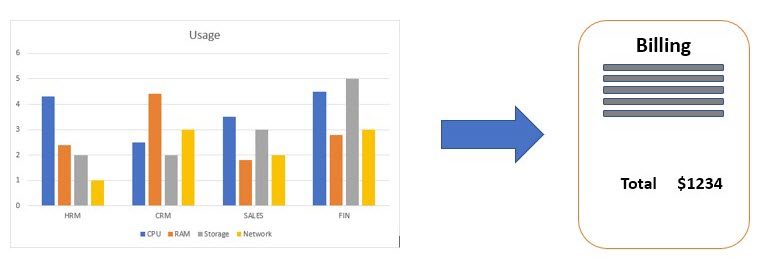Database-as-a-service (DBaaS)
Database as a Service brings consolidation, accessibility, elasticity, resource management, chargeback, and manageability to enterprise database administration. Cloud Management Pack for Oracle Database delivers capabilities spanning the entire database lifecycle. Cloud administrators can set up the Self-Service Portal to identify pooled resources, configure role-based access, define service catalogs, and configure chargeback plans.
Advantage:
- Self-service with web-based control
- Reduce the time required to create database
- Create database in minutes
- Start/stop/delete a database on demand
- Support Oracle RAC, Oracle Single Instance, Oracle Multitenant, Oracle Pluggable Database and Database Schema
DATABASE CONSOLIDATION
The Cloud Management Pack supports multiple consolidation models for pooling database resources. The Pack offers administrators the ability to consolidate the underlying infrastructure with server virtualization technologies or perform database level consolidation by implementing Real Application Clusters (RAC), or make use of the Database Multitenant option to consolidate workloads using pluggable databases.

DBaaS FOR MULTITENANT DATABASES
Multitenant Architecture provides high consolidation density, brings agility and simple administration by managing many-as-one. The Cloud Management Pack DBaaS provides end to end lifecycle management of Container and Pluggable database(s) as self-service operations. Self-Service users perform operations such as provisioning, patching and upgrade.
To ease the adoption of DBaaS for an existing Oracle Multitenant environment, the self-service administrator can onboard existing CDB/PDB instances as self-service managed DBaaS instances. Additionally, with an instance relocation feature, migrationof instances is available as an out of box feature. Pluggable database relocation can be further optimized with unplug/plug operation.

METERING, SHOWBACK AND CHARGEBACK
A critical aspect in any data center is the ability to meter usage of resources and establish the cost for resources consumed. Administrators often need to analyze these costs and generate “Chargeback” or “Showback” reports to show usage by teams and business units. The Chargeback feature in Enterprise Manager allows administrators to define Chargeback Plans using different metrics collected for each type of resource and Cost Centers for grouping costs across teams and business units. The Chargeback has a rich set of out-of-box reports which help consumers understand how their charges relate to their consumption and also assist the IT department with budgeting and planning activities.

